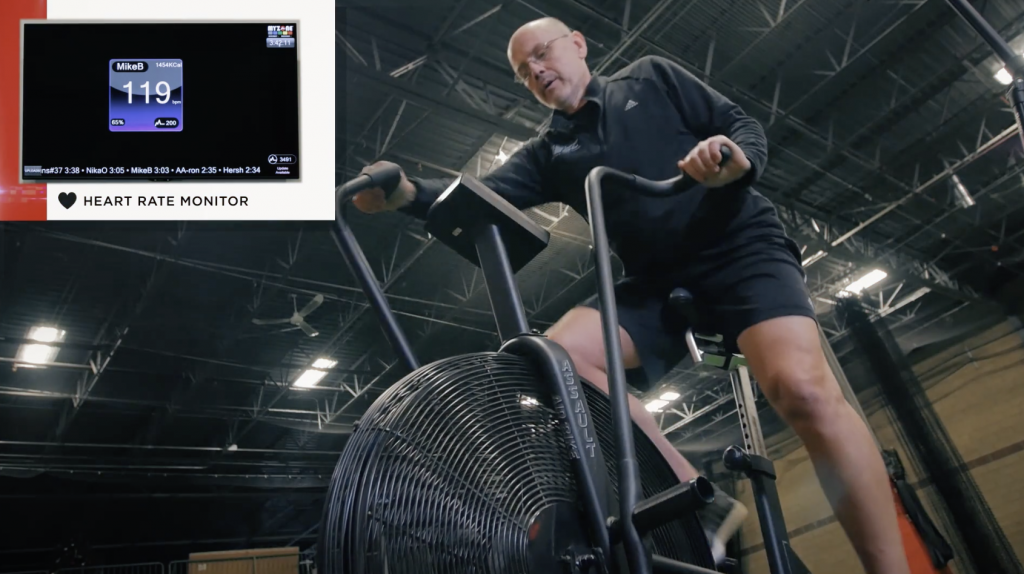Would it help if we define the zones?
Well.... the different zone examples help to show why these discussions can be a bit ambiguous.
Returning to your earlier point, for the untrained, it really doesn't matter that much. The important adaptations such as for the heart will come from just about any cardio activity and intensity, and will probably get them out of "risk factor" and to a decent state of health.
For the highly trained, it's
really important to target the correct intensity with their training, but their zones and their percentages may not apply to us recreational athletes. For Elite/Pro it becomes as much about balancing training with recovery, and practicing their sport skill, as anything else.
So for those of us in the middle, we can target the intensity of the effort to elicit the target adaptation most specifically, along with all the other adaptations that come from our chosen activity. Often other constraints come into play before we get there, though -- the amount of time available to train, the weather, illness and injury.
But outside of those constraints, most people (like Phil Maffetone) feel like it's better to put in a lot of time (maybe 80% of training time) at the lower intensity to build an aerobic base. This trains the body to use fatty acids for ATP production in the mitochondria, and use the slow twitch muscle fiber for force production. When you get to the upper end of zone 3 or into zone 4, you're not burning fat for fuel, and you're using fast twitch muscle fiber for muscle contractions, which are mostly glycolytic. So we could go off on those tangents... But it's not all bad -- higher intensity training such as intervals also has benefits, and could account for 20% of training time as a general rule, once one has a decent aerobic base.

